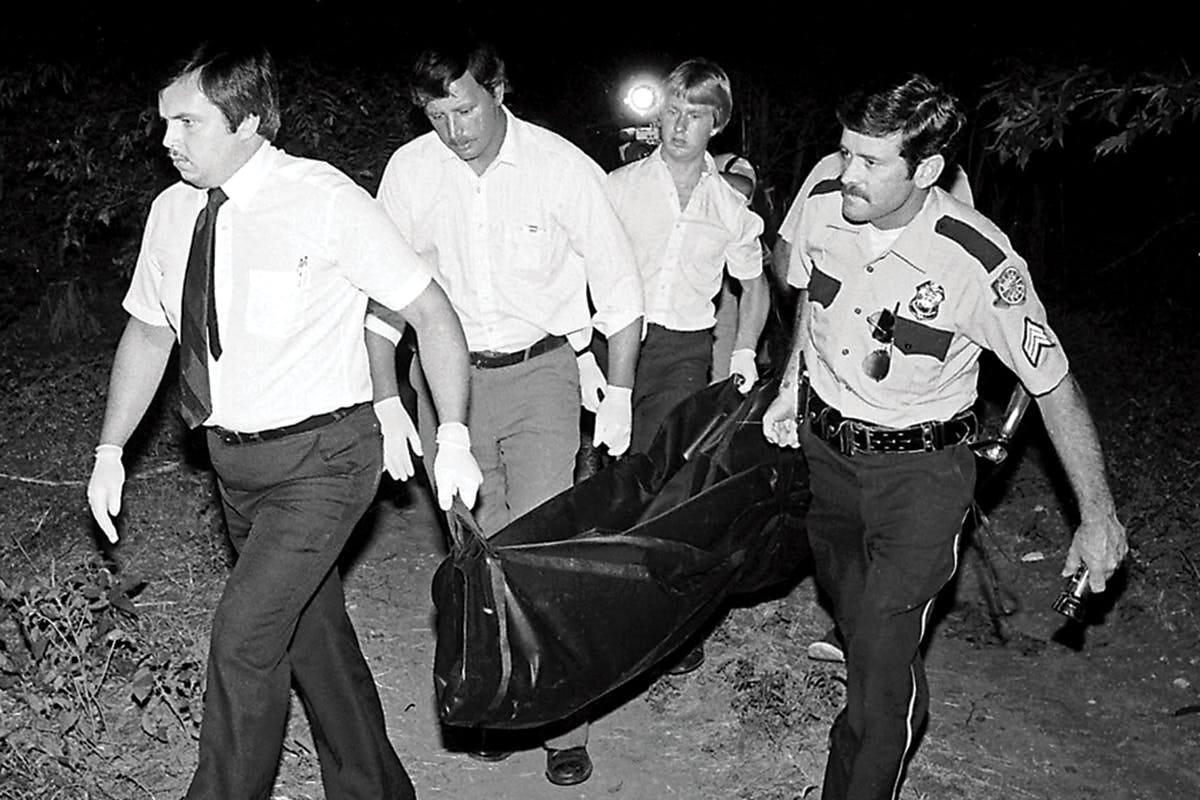Three Teenagers, a Brutal Crime, and a Cop with a Hunch
The Lake Waco Murders weren’t solved—they were narrated.
In the summer of 1982, three teenagers were brutally murdered near a lake in Waco, Texas. The case was ugly, senseless, and quickly growing cold—until a man named Truman Simons stepped in
.
He wasn’t even a homicide detective at the time. He was a jailer. But he had a hunch.
Simons believed he could solve this crime by trusting his instincts, inserting himself into the lives of the suspects, and eventually building a story so convincing it would land three men on death row.
Only... what if it wasn’t true?
What fascinates me about the Lake Waco case isn’t just the crime. It’s the way it was “solved.”
Simons followed no traditional protocol. He manipulated suspects, bent timelines, and, in some cases, may have fabricated entire links between people and places. He wasn’t solving a puzzle—he was authoring a narrative. And the system was more than happy to follow along.
There’s a moment in the case that sticks with me. Bob Herbert, an NYT reporter who first compiled an argument against the outcomes of the case, said that it was
“Bobbled together from the fabricated and often preposterous testimony of inmates who were granted all manner of favors in return.”
What does it mean to know something in an investigation? What’s the difference between instinct and storytelling?
And if a cop has a gut feeling—no matter how righteous it feels—should that be enough to put a man to death?
We’ll never know exactly what happened at Lake Waco that night. But we do know this: the story Truman Simons told was powerful enough to decide the fate of multiple men.
Was it justice? Or was it performance?
📖 Read more about the case here → The Murder At The Lake
📩 What do you think—was justice served?
See you Friday,
Jonathan







